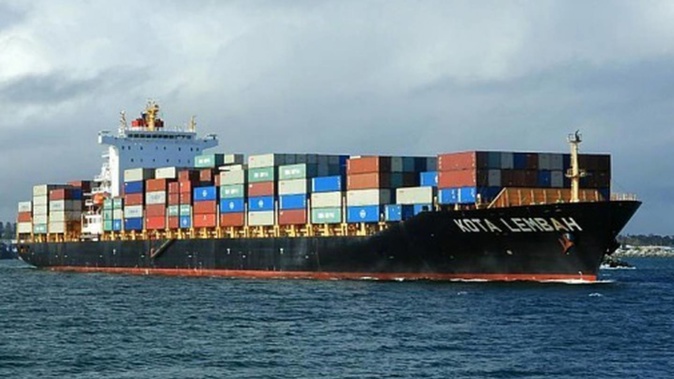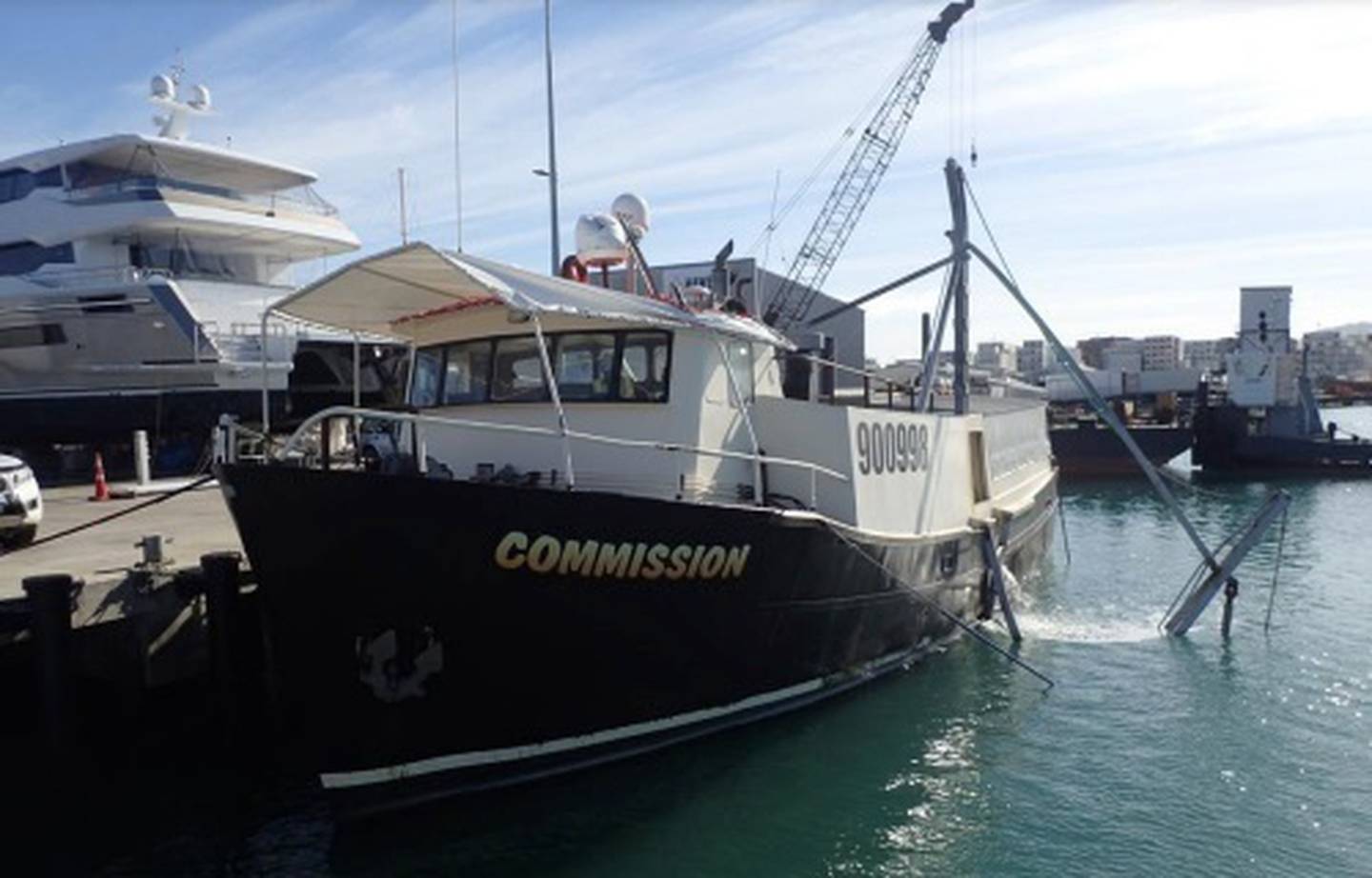

A collision between a cargo ship and a fishing boat could have been prevented if both skippers had appropriately mapped the other's position, an investigation has found.
The collision occurred about 130km off the coast of Tauranga on July 28 last year, after a large container ship failed to give way to a much smaller fishing boat.
But under international maritime law, the small fishing boat should have moved when it became evident the larger ship wasn't.
The smaller of the boats involved was the FV Commission, which had days earlier left from Napier to commercially fish off the coast of the Bay of Plenty. The boat had a crew of four.
The 265m-long shipping vessel Kota Lembah was the larger container ship. The vessel carries the flag of Singapore.
According to the facts, the larger ship was on its way to Auckland from Lyttelton. On the night of the accident, it was intentionally drifting off the coast of the Bay of Plenty, waiting for a berth to come free at the Port of Auckland.
When the Kota Lembah discovered the smaller fishing vessel on its radar about 3am, a decision was made to continue forth, believing the FV Commission would keep out of the way.
An hour later, the crew of the container ship lost sight of the smaller boat. They began to worry that the intention of the crew was to board the larger vessel.
Their fears didn't eventuate; the FV Commission collided with the cargo ship just seconds later, scraping along the hull as the waves rose and fell. Nothing was felt or heard by the Kota Lembah's crew, and no one on either boat was injured.
Worrying the boat was irreparably damaged, the crew of the smaller vessel backed away from the cargo ship, donned lifejackets and prepared to abandon ship.
However, a damage assessment undertaken in the minutes after the collision found that the integrity of the boat was intact, and the crew stayed with the vessel.
Damage to the container ship was limited to "deep gouging" of the hull's paint, but was otherwise undamaged.
Not knowing the smaller boat had collided with his ship, the captain of the shipping liner didn't attempt to contact the boat when it emerged from the bow.
The fishing boat tried to contact its larger counterpart via radio but was unsuccessful. It was later determined that was due to the communication antenna on the smaller boat being damaged by the collision.
The crew severed the fishing line and docked in Tauranga the next day. The larger ship made it to Auckland when a berth opened up two days later.

The FV Commission wasn't required to give way to the bigger ship, but should have when it became clear the other ship wasn't giving way to them. Photo / Supplied
The collision occurred outside of New Zealand's territorial waters, but inside the country's Exclusive Economic Zone.
The Transport Accident Investigation Commission's (TAIC) conclusion was that both parties were to blame for the incident.
"The FV Commission's skipper assumed that as they were fishing, other vessels would keep out of its way. Similarly, the bridge crew on the Kota Lembah assumed, contrary to [the regulations] that the FV Commission would avoid colliding with them," the TAIC said.
"Under these circumstances, the collision was inevitable."
The TAIC criticised the operation of both vessels, saying the standard of watch-keeping did not meet the required regulations.
Concerns about fatigue management on board the smaller fishing boat were also raised by the commission. The skipper had been awake for 20 hours at the time of the incident, undertaking straining physical and mental tasks.
The TAIC recommended to the owner of the fishing vessel that further procedures were put in place to ensure crew got appropriate rest.
- by Ethan Griffiths, Open Justice
Take your Radio, Podcasts and Music with you









